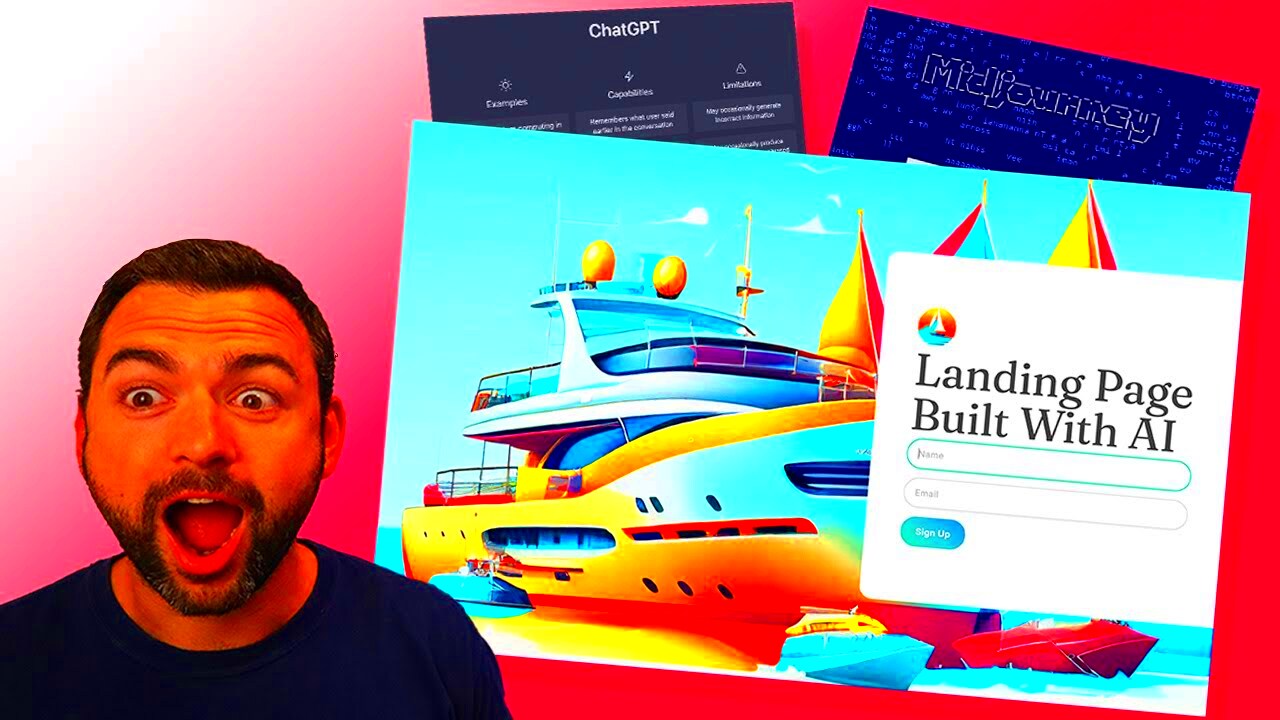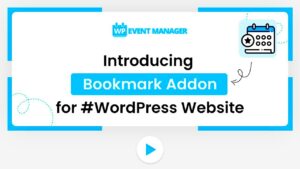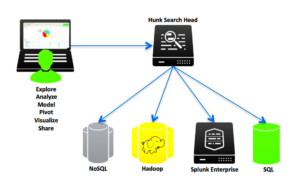In today’s digital landscape, the first impression is often made through landing pages. With the rapid advancement of technology, AI-driven landing pages are emerging as a game-changer. They utilize artificial intelligence to enhance user experience, boost conversions, and tailor content to meet individual preferences. Think of them as smart pages that adapt to the user’s needs, leading to better engagement and higher success rates. If you’re running a WordPress site, integrating AI can revolutionize your approach to landing pages and ultimately elevate your business.
Understanding the Importance of Landing Pages
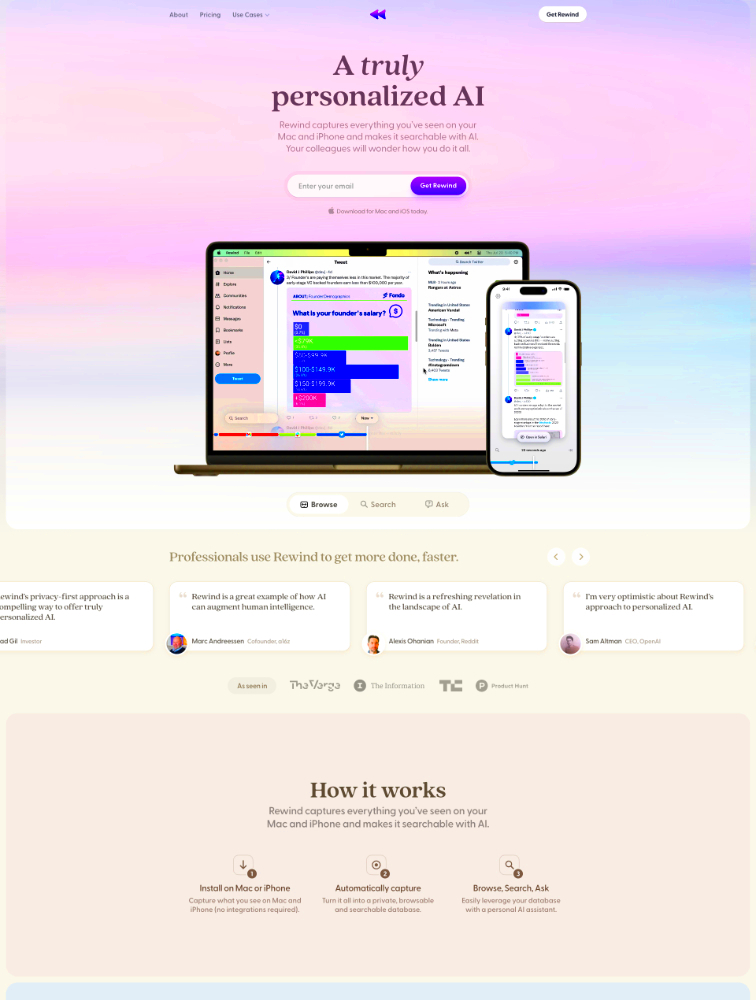
Landing pages may seem simple, but their role in digital marketing is crucial. Here’s why they matter:
- Focused Objectives: Landing pages are designed with a specific purpose—whether that’s capturing leads, promoting a product, or encouraging downloads. They eliminate distractions and direct user attention where it needs to go.
- Increased Conversion Rates: Because they’re tailored for particular campaigns, landing pages generally result in higher conversion rates compared to regular website pages. They facilitate clear calls-to-action, making it easier for visitors to take the desired step.
- Enhanced User Experience: A well-designed landing page improves user experience by providing relevant information in a streamlined manner. This can lead to a positive perception of your brand.
- Analytics and Testing: Landing pages allow marketers to track metrics effectively. You can see which elements work well and run A/B tests to optimize for better performance.
In summary, landing pages are more than just a digital placeholder; they are powerful tools that can drive measurable results when executed wisely. Using AI to enhance these pages only amplifies their importance, making them smarter and more effective.
Benefits of Using AI for Landing Page Creation
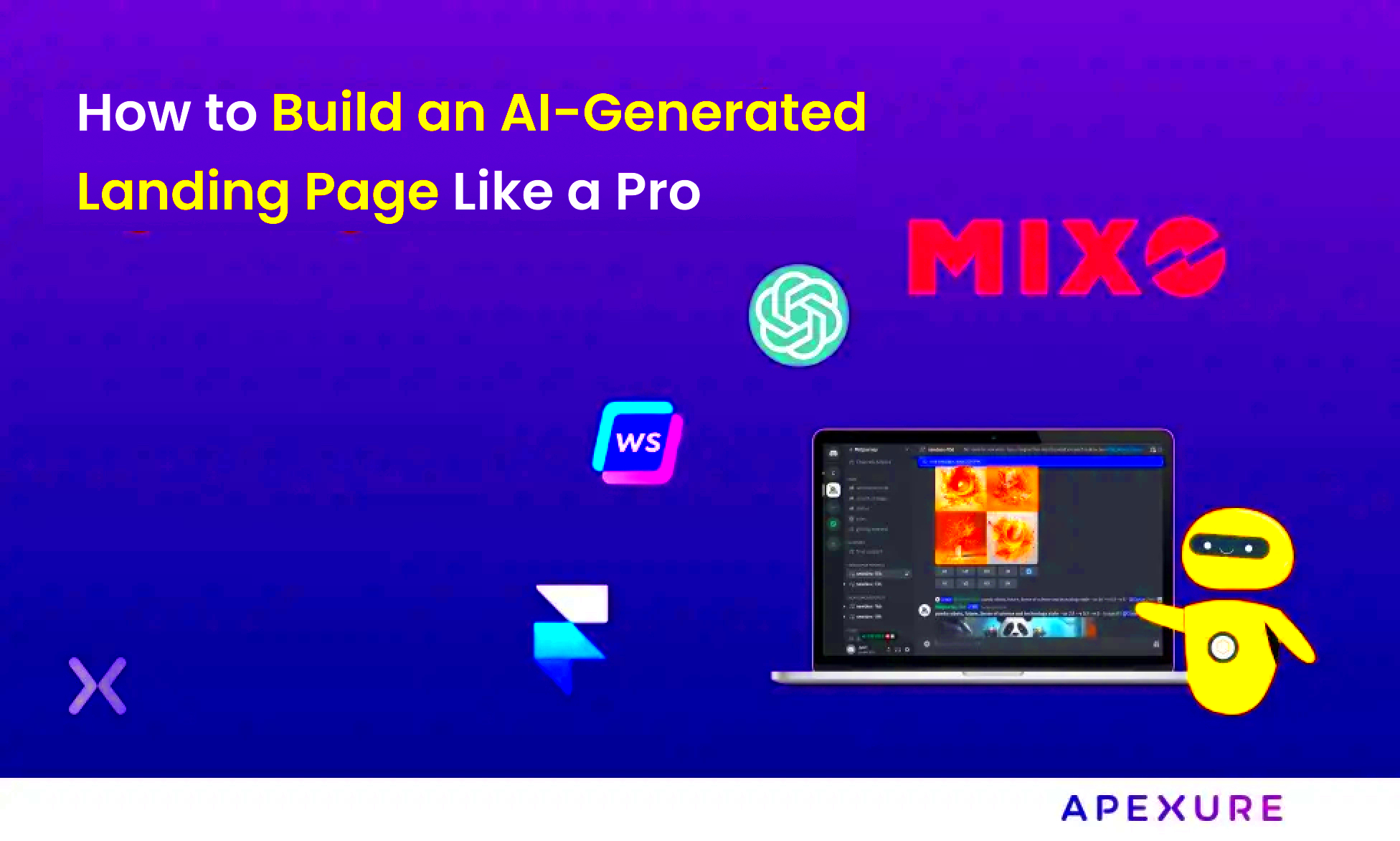
When it comes to designing landing pages, using AI can be a game-changer. Let’s dive into the perks that come with harnessing artificial intelligence for this purpose!
- Enhanced User Experience: AI can analyze user behavior and preferences to create personalized content that resonates with visitors. This means a landing page that speaks directly to what your audience wants!
- Data-Driven Insights: AI tools can sift through mountains of data to derive insights that guide your design choices. You’ll know which elements attract attention and convert visitors into customers.
- Time Efficiency: Let’s face it: designing effective landing pages can be time-consuming. With AI, you can automate tedious tasks like A/B testing and layout adjustments, freeing you up to focus on what you love—creating great content!
- Scalability: As your business grows, so do your marketing needs. AI can help you easily create and manage multiple landing pages tailored to different audience segments without overwhelming your resources.
- Constant Optimization: One of the most significant benefits of using AI is its ability to learn and adapt. AI continuously assesses performance, suggesting tweaks and improvements to keep your landing page optimized for maximum conversions.
In short, leveraging AI for your landing pages not only enhances performance but also leads to a more satisfying experience for your users. So if you’re aiming for success, embracing AI could be just the step you need to take!
Choosing the Right WordPress Theme for AI Integration
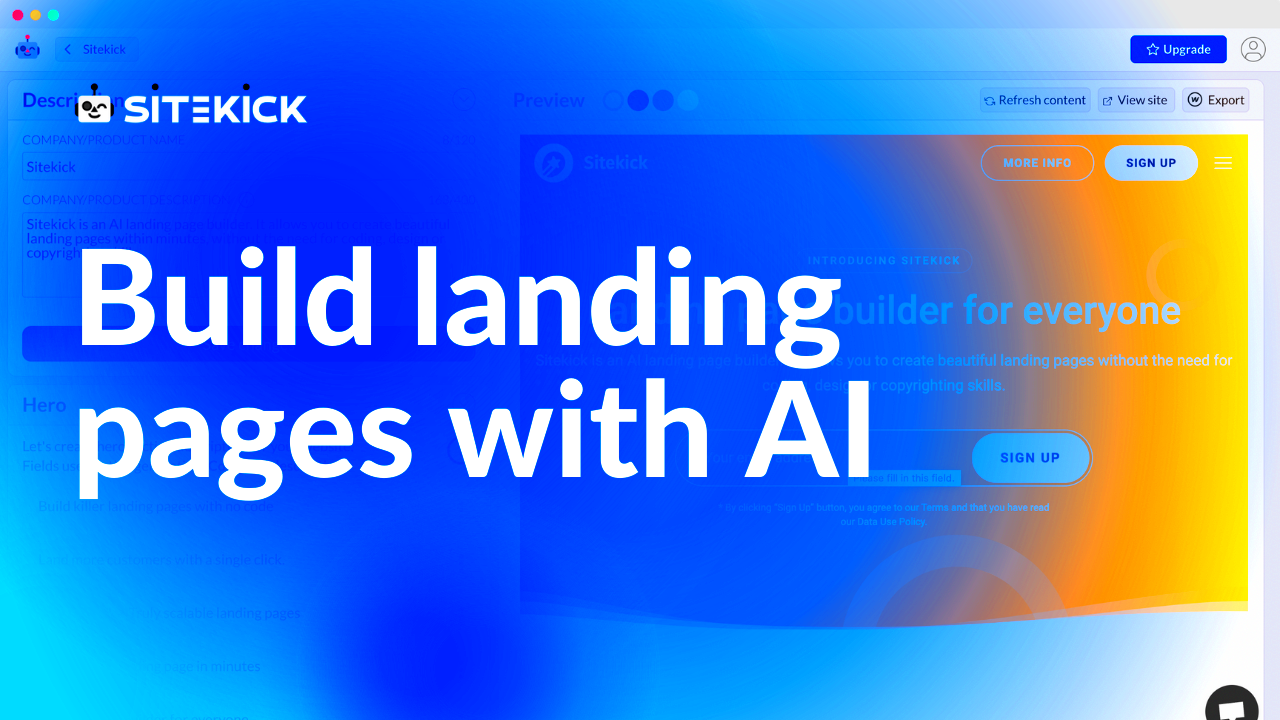
Choosing the right WordPress theme is crucial when you want to integrate AI into your landing pages. The right theme can provide seamless compatibility and help showcase your page’s AI capabilities effectively.
- Compatibility: Make sure the theme you select is compatible with your AI tools and plugins. Look for themes specifically designed with AI integration in mind, as they can offer built-in features for easier implementation.
- Responsive Design: A responsive theme is a must! With more users browsing on mobile devices, ensure your theme adapts to different screen sizes without compromising functionality or aesthetics.
- Customizability: Your landing page should reflect your brand’s voice. Choose a theme that provides enough customization options so you can tweak colors, fonts, and layouts to your heart’s content.
- Performance Optimization: A slow-loading landing page can hurt your conversion rates. Opt for a theme that is lightweight and optimized for speed, ensuring that your AI features load smoothly.
- SEO-Friendly: An SEO-optimized theme can help your landing page rank better in search engines, driving more traffic to your site. Look for themes that offer built-in SEO tools or are compatible with popular SEO plugins.
In essence, when selecting a WordPress theme for AI integration, keep these factors in mind to ensure your landing pages not only look great but also perform exceptionally. The right theme can be the cornerstone of your AI-driven marketing strategy!
Setting Up Your WordPress Environment
The first step in building AI-driven landing pages is to set up your WordPress environment. WordPress is a flexible platform that allows you to create stunning, interactive websites with ease. So, let’s walk through the essential steps!
1. Choose a Domain and Hosting: Before diving into WordPress, you’ll need a domain name that represents your brand. Alongside this, opt for a reliable hosting provider—this is where your website will live. Popular options include Bluehost, SiteGround, and WP Engine.
2. Install WordPress: Most hosting providers offer a one-click WordPress installation feature. Just follow the prompts, and you’ll have your WordPress environment up and running in no time!
3. Select a Theme: Choose a theme that aligns with your brand’s aesthetic and suits your landing page goals. There are free and premium themes available, and ensure it’s responsive and SEO-friendly. Themes like Astra or GeneratePress are great starting options.
4. Essential Plugins: After installing your theme, it’s time to enhance your site with plugins. Some must-haves include:
- Yoast SEO: For optimizing your SEO.
- Elementor or Beaver Builder: For drag-and-drop page building.
- WPForms: For easy contact forms.
5. Configure Settings: Don’t overlook your WordPress settings! Go to the dashboard and adjust options like permalinks, reading, and discussion settings according to your preferences.
With your WordPress environment set up, you’re now ready to dive into integrating AI tools and plugins that will take your landing pages to another level!
Integrating AI Tools and Plugins
Now that your WordPress environment is ready, it’s time to supercharge your landing pages with AI tools and plugins. These can help automate tasks, optimize content, and enhance user interaction, all while saving you time!
1. Choosing the Right AI Plugins: There are several AI-driven plugins available for WordPress. Here’s a shortlist of popular ones:
| Plugin | Description |
|---|---|
| WordLift | Boosts SEO and organizes content using AI to suggest relevant links and tags. |
| Chatbot by AI | An interactive chatbot that can engage visitors, answer queries, and convert leads! |
| ContentBot | Helps generate blog ideas, outlines, and even full articles tailored for your audience. |
2. Easy Installation: Integrating these plugins is as simple as navigating to the “Plugins” section in your WordPress dashboard. Click “Add New,” search for your desired AI tool, click “Install,” and then “Activate.”
3. Customization and Settings: Once activated, take a little time to configure the settings of each plugin to fit your needs. Many AI tools allow for extensive customization, so tailor them to match your brand’s voice and objectives.
4. Utilizing AI for Analytics: AI tools can also enhance your data analytics. Tools like Google Optimize harness AI to provide insights into user behavior. Understanding these nuances can help you refine your landing pages for better conversion rates.
5. Testing and Iterating: Lastly, don’t forget to test your AI-driven features! Gather feedback, analyze data, and fine-tune your integrations to ensure they’re effectively meeting your goals.
By thoughtfully integrating these AI tools and plugins, you’re setting the stage for a high-performing, intelligent landing page that captivates visitors and drives conversions!
7. Creating Compelling Content with AI Assistance
When it comes to building landing pages, compelling content is king. The power of words can entice visitors, spark interest, and ultimately drive conversions. Thanks to advancements in AI, writers now have sophisticated tools at their disposal that can significantly enhance the content creation process. So, how can you leverage AI in your WordPress landing pages?
Here’s a quick rundown of how AI can assist you in crafting content that truly resonates with your audience:
- Idea Generation: AI tools can analyze trending topics and popular keywords in your niche, helping generate content ideas that are likely to attract attention.
- Drafting Assistance: Many AI platforms can draft initial versions of your content, allowing you to focus on editing and refining instead of starting from scratch.
- Tone and Style Suggestions: AI can provide feedback on how to adjust your tone and style to match your target audience, making your content more relatable.
- Keyword Optimization: With AI, you can enhance your SEO strategies by identifying the best keywords to include for higher visibility on search engines.
- A/B Testing Insights: AI can analyze which content variants resonate best with your audience by conducting A/B tests and providing data-driven recommendations.
Incorporating AI into your content creation process not only saves time but also boosts the quality of what you present on your landing page. Remember, even the best AI tools are there to support your creativity, not replace it. Aim for a blend of human touch with AI efficiency, and you’ll have a compelling landing page that stands out.
8. Designing User-Friendly and Aesthetic Layouts
Imagine walking into a beautifully designed store, where everything is intuitively placed and visually stunning—this is the kind of experience you want to create for visitors to your landing page. Designing user-friendly and aesthetically pleasing layouts is essential for keeping visitors engaged and guiding them smoothly towards conversion.
Here are some key considerations to keep in mind when designing your landing page:
- Clear Layout: A clean, organized layout helps users quickly find the information they want. Use headings, subheadings, and bullet points to break up text and create easy scanning capabilities.
- Visual Hierarchy: Utilize size, color, and placement to emphasize the most important elements on your page, whether that be a call-to-action (CTA) button or an informative image.
- Consistent Branding: Ensure that the colors, fonts, and graphics align with your overall brand identity. This consistency builds trust and recognition.
- Responsive Design: With so many users accessing sites from mobile devices, it’s vital that your landing page layout is responsive, adjusting seamlessly to different screen sizes.
- High-Quality Images: Invest in high-resolution images that reflect your brand, as visuals significantly impact perception. Excellent imagery can enhance credibility.
- Interactive Elements: Incorporate engaging features like videos, sliders, or pop-ups that capture attention and make the experience memorable, provided they don’t overwhelm the user.
In short, an effective layout marries aesthetics with functionality. By considering your user’s experience and ensuring that your visual elements serve a purpose, you’ll create a landing page that not only looks good but also performs well.
Optimizing Landing Pages for SEO
When it comes to driving traffic to your AI-driven landing pages in WordPress, search engine optimization (SEO) is your best friend. After all, what’s the point of creating an awesome landing page if no one can find it? Let’s explore some key strategies to effectively optimize your landing pages for SEO.
- Keyword Research: Start with thorough keyword research to identify the terms your target audience is searching for. Use tools like Google Keyword Planner or SEMrush to find relevant keywords.
- On-Page SEO: Ensure that your main keyword appears in critical locations such as the page title, meta description, headers, and throughout the content. However, avoid “keyword stuffing” – make it natural!
- Optimizing Images: Use descriptive file names and alt tags for images. This not only helps with SEO but ensures your page is accessible to everyone.
- Responsive Design: Make sure your landing page is mobile-friendly. Google considers mobile usability as a ranking factor, so a responsive design can help boost your visibility.
- Page Speed: Optimize loading times using tools like Google PageSpeed Insights. A fast-loading page can improve user experience and increase your chances of ranking higher.
- Internal Linking: Link to other relevant pages on your website. This helps distribute PageRank and keeps visitors engaged on your site longer.
- Content Quality: Quality content is key. Provide valuable information, use clear calls to action (CTAs), and keep your text engaging to reduce bounce rates.
By following these steps, your landing pages will not only be appealing to users but also friendly to search engines. In the competitive digital landscape, effective SEO practices can make a significant difference in your landing page’s performance!
Testing and Analyzing Performance with AI
You’ve built your AI-driven landing page, but how do you know it’s working? Enter the world of testing and performance analysis—an essential step to ensure your landing page achieves its goals. Thanks to AI, you can now analyze and optimize like never before!
- A/B Testing: Utilize AI-driven platforms to conduct A/B tests on various elements of your landing page, such as headlines, CTAs, and images. AI can analyze which variation performs better in real-time.
- Heatmaps: Tools like Hotjar or Crazy Egg use AI to generate heatmaps, showing where users clicked the most. This insight helps you understand user behavior and improves the layout and design.
- Performance Metrics: Leverage AI to track essential metrics, such as conversion rates, bounce rates, and average session duration. Monitoring these KPIs enables you to see what’s working and what isn’t.
- User Feedback: AI tools can analyze user feedback through surveys and reviews. Understanding your audience’s perspective can lead to meaningful adjustments for improving their experience.
- Traffic Sources Analysis: Use AI to break down where your traffic is coming from—whether it’s organic search, social media, or paid ads. This information helps you invest in the most effective channels.
- Predictive Analytics: AI can forecast trends based on collected data. By understanding future user behavior, you can proactively tweak your strategies for better results.
Incorporating AI into your testing and performance analysis helps you make data-driven decisions, enhancing your landing page’s effectiveness. Remember, the digital landscape is always changing, so continuous optimization is crucial to success!
Conclusion: The Future of AI-Driven Landing Pages in WordPress
As we look towards the future, the incorporation of AI-driven landing pages in WordPress represents a transformative opportunity for businesses and marketers alike. With advancements in artificial intelligence and machine learning, creating optimized landing pages will not only become faster but also more effective. These innovations pave the way for personalized experiences and improved conversion rates, making it essential for WordPress users to stay ahead of the curve.
To summarize the benefits of AI-driven landing pages in WordPress:
- Personalization: AI can analyze user behavior and preferences, allowing for dynamic content that resonates with individual visitors.
- Optimization: Continuous learning algorithms will help improve page performance by testing various elements such as headlines, layouts, and CTAs.
- Efficiency: Automated tools can significantly reduce the time spent on A/B testing and data analysis.
- Analytics: AI can provide deeper insights into user interactions, leading to more informed marketing strategies.
As these technologies evolve, we can anticipate an increasing number of WordPress plugins dedicated to AI capabilities, democratizing access to sophisticated design and analytical tools previously available only to larger enterprises. Embracing AI-driven landing pages will not only streamline workflows but also ensure that businesses are equipped to meet the demands of modern consumers.
Overall, the future of AI-driven landing pages in WordPress is bright, and businesses that adapt to these changes will be able to effectively enhance their online presence and drive meaningful engagement.

